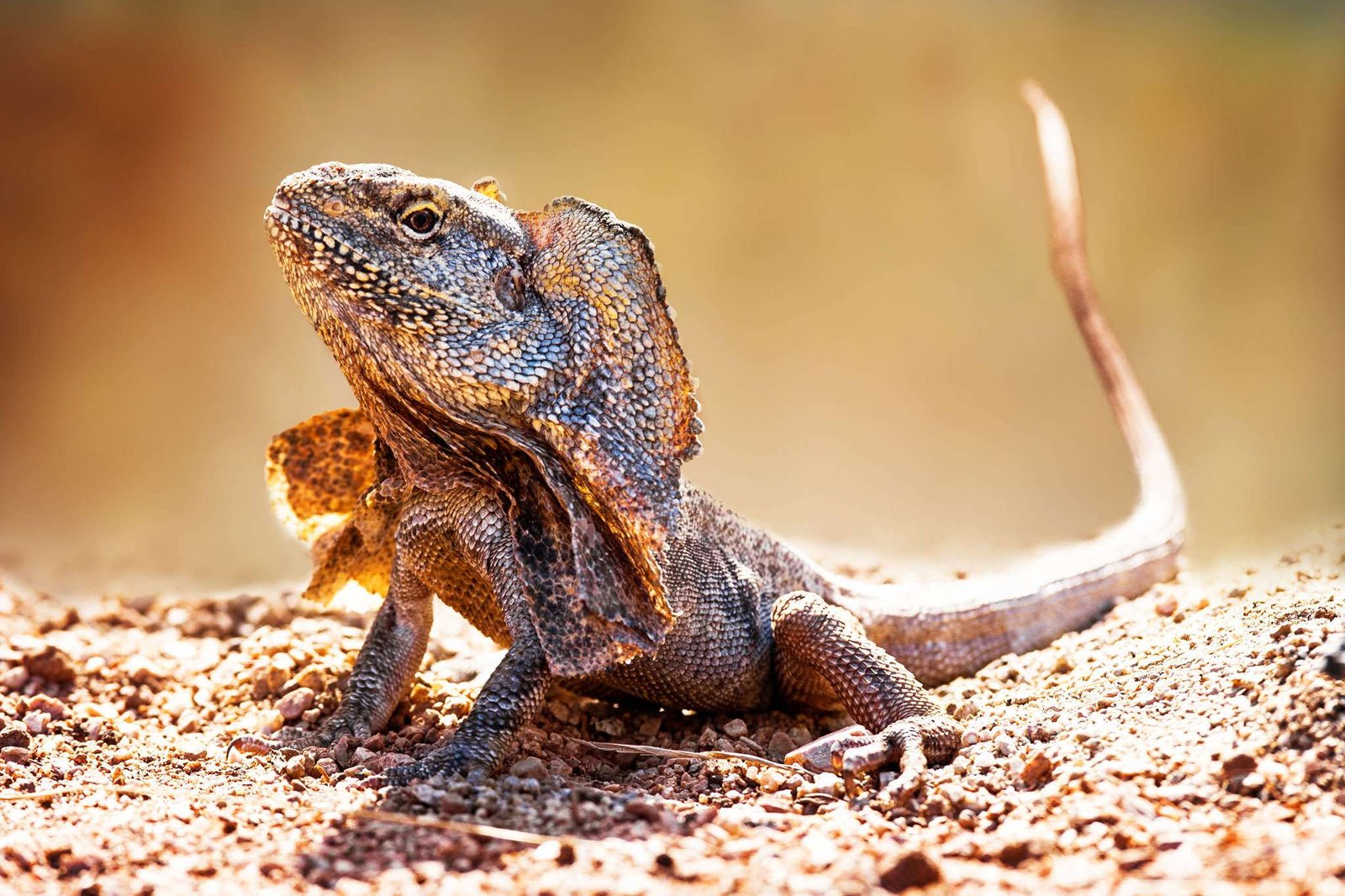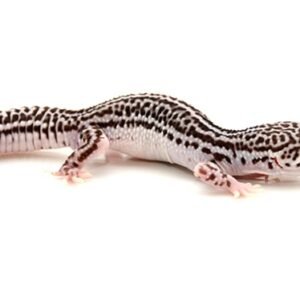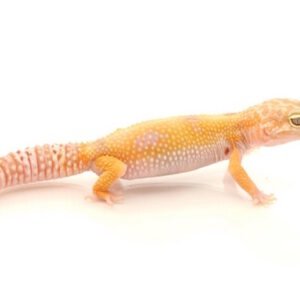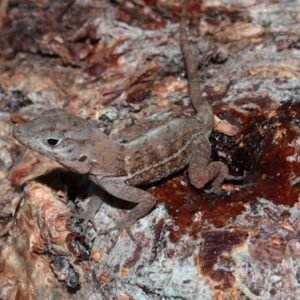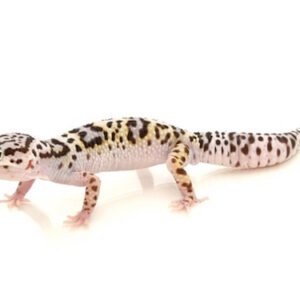Overview of the Frilled Lizard
frilled lizard for sale ,The frilled lizard, scientifically known as Chlamydosaurus kingii, is a remarkable reptile that captivates the interest of researchers and nature enthusiasts alike. Belonging to the family Agamidae, this species is predominantly found in the northern regions of Australia and New Guinea, thriving in tropical and subtropical forests. The frilled lizard’s natural habitat consists of humid environments with ample tree cover, supporting its arboreal lifestyle.
One of the most notable features of this lizard is its striking frill, a distinctive flap of skin that extends around its neck. When threatened, the frilled lizard can unfurl this frill to appear larger and more intimidating to potential predators, serving as an effective defense mechanism. This unique physical characteristic not only contributes to its impressive appearance but also plays a crucial role in its survival.
In terms of size, the frilled lizard typically measures between 2 to 3 feet in length, including its long tail. Its coloration varies, often embodying shades of brown, gray, or green, which allows for excellent camouflage among the leaves and branches of its environment. The lizard’s slender body and elongated limbs are adaptations that facilitate movement through trees, while its strong, sharp claws enable it to cling securely to branches.
The frilled lizard exemplifies the incredible diversity found within the reptile kingdom. As a member of the larger clade of reptiles, it highlights the evolutionary adaptations that these creatures have developed to survive and thrive in their specific habitats. Ultimately, the frilled lizard serves as a reminder of the intricate connections within ecosystems and the importance of conserving biodiversity for future generations.
Behavior and Adaptations
Frilled lizards, scientifically known as Chlamydosaurus kingii, are remarkable creatures exhibiting a variety of intriguing behaviors and adaptations. Their most conspicuous feature, the frill, serves a critical function, particularly as a defense mechanism against potential threats. When threatened, these lizards can expand their frill, creating an intimidating display that can deter predators. This behavior is not merely for show; it is a vital survival strategy that increases their chances of evading danger.
In addition to their defensive frill, frilled lizards display territorial behaviors, marking and defending their space against intruders, often through physical displays and vocalizations. Mating rituals among frilled lizards are equally fascinating. During courtship, males engage in elaborate displays, showcasing their frills while performing specific movements to attract females. This behavioral display highlights the role of the frill not only in defense but also in social interactions, underscoring its significance in both mating and territoriality.
Beyond their striking behavior, frilled lizards possess several adaptations that enable them to survive in their natural habitats, primarily woodlands and forests in northern Australia and New Guinea. Their exceptional climbing ability allows them to navigate their environment efficiently, using their sharp claws to grip onto branches and trunks. Furthermore, the lizard’s coloration provides effective camouflage, helping them blend seamlessly into leaves and bark to avoid detection by predators. This adaptation is crucial, as it enhances their ability to escape from threats and aids in hunting for insects, their primary food source. Overall, the behavioral traits and adaptations of frilled lizards illustrate the intricate balance between survival and interaction within their ecosystems.
Diet and Hunting Techniques
frilled lizard for sale ,Frilled lizards, known scientifically as Chlamydosaurus kingi, exhibit distinct carnivorous eating habits that play a crucial role in their survival. Their diet primarily consists of insects, with a particular preference for grasshoppers, crickets, and various beetles. This preference for invertebrates aligns with their habitat, where these types of prey are abundantly available, particularly in the warm forests and woodlands of northern Australia and New Guinea.
The hunting techniques employed by frilled lizards are a remarkable adaptation to their ecological niche. They are known for their ambush strategy. By remaining motionless and camouflaged among the foliage, they are able to remain concealed from potential prey. Once an unsuspecting insect comes within striking distance, the frilled lizard bursts into action, utilizing its quick reflexes to capture the insect with its agile tongue or by lunging at it. This swift action is essential, as many of their prey species are highly mobile and can escape quickly.
Additionally, frilled lizards exhibit a fascinating method of feeding. After capturing their prey, they often use their sharp, pointed teeth to effectively grasp and consume their food. Their unique throat frill, an iconic feature of their anatomy, does not play a direct role in feeding but primarily serves as a display during territorial confrontations or as a means of deterrence against predators. This frill can also aid in communication, signaling their alertness while hunting.
The dietary habits of frilled lizards are vital for their health and vitality. A diet rich in protein from their insect prey is essential for their growth and reproductive success. Furthermore, the presence of such dietary variety ensures that they obtain essential nutrients critical for maintaining their robust metabolism and overall well-being in a competitive environment.
Conservation Status and Threats
frilled lizard for sale ,The conservation status of frilled lizards (Chlamydosaurus kingii) is currently classified as Least Concern by the International Union for Conservation of Nature (IUCN). However, various threats significantly jeopardize their populations within their native range in Australia and New Guinea. One of the primary challenges faced by frilled lizards is habitat loss, driven primarily by deforestation and urban development. As their natural habitats are replaced by agricultural fields and suburban areas, the frilled lizard’s living conditions become increasingly fragmented, making it difficult for these fascinating reptiles to thrive.
Climate change further compounds these threats, as rising temperatures and altered rainfall patterns can disrupt the delicate ecological balance necessary for their survival. These climatic changes may affect food availability and breeding cycles, leading to a decline in population numbers. Additionally, invasive species introduce new dynamics that can negatively impact local ecosystems, presenting competition and predation threats to the frilled lizard.
In response to these concerns, various conservation initiatives have been implemented to protect frilled lizard populations. Efforts include habitat restoration projects, legal protection of their natural environments, and educational campaigns aimed at raising awareness about the importance of conserving biodiversity. Furthermore, researchers are working to monitor population trends and assess the impacts of environmental changes, thereby informing future conservation strategies.
frilled lizard for sale ,The involvement of the general public in conservation efforts is crucial. Individuals can contribute by supporting organizations dedicated to wildlife preservation, participating in local habitat restoration activities, and advocating for policies that protect natural environments. By fostering a deeper appreciation for frilled lizards and their ecological roles, the public can play an integral part in ensuring these remarkable reptiles endure for future generations.

